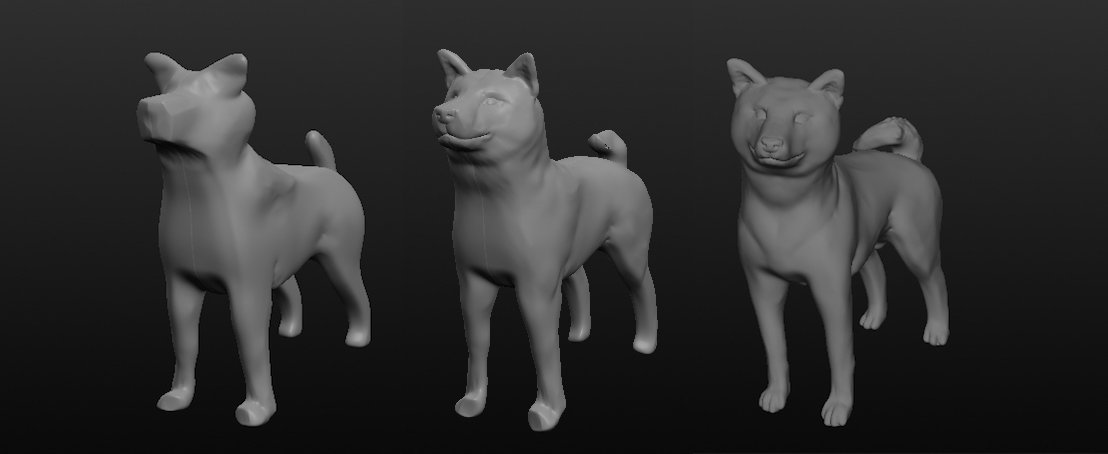You might wonder how to sculpt. If so, you are not alone. In this article, we will cover some of the basics. We will show you how to identify the necessary textures and lines for sculpting, how to create a sculptural armature, and how to make a base.
This article will help you get started on your way to becoming an amazing sculptor! It is important to know how to make a sculpture from start to finish!
Identifying the necessary textures
Identifying the necessary textures when sculpturing is a crucial part of the process. It is crucial to understand the differences between materials in order to create realistic textures. To achieve the desired result, map out the required textures, and then research the different techniques available for sculpting. As textures can be complex, you should pay special attention to the length, organization, and direction of your chunks. If you don’t have time to do research, you can create a texture book for your sculpting project.
Creating a sculptural armature
The armature is an integral part of sculpture. It can be made in many poses or with one small balance point. Creating the armature is the first step toward creating your finished sculpture. Once you have the basic shape and design of your sculpture, you can begin building the armature. In the process, you should make several sketches. You can also use a computer program to create a sketch of your armature.
Creating a base
One of the first steps when sculpting is creating a base mesh. You can create a base mesh in a variety of ways, including using the Skin modifier or Metaballs. The latter creates geometry based on the selected bones and is a good starting point for your sculpting work. For the most accurate results, you should create a base mesh using your original model’s bones.
Adding smaller sections
Adding smaller sections when sculpting will help you define the general shape of your sculpture. Smaller sections cover smaller areas of your sculpture, like the muscle groups and the basic forms of long hair. For example, an organic creature would have small muscle groups and long hair. In addition, when you add smaller sections, you will have more space to add more detail to your sculpture. After defining the general shape of your sculpture, you can add smaller sections of your creation.
Creating a nose
The first step in creating a nose sculpt is to consider the shape of the surrounding features. The philtrum, which is the dip between the upper lip and the nose, and the philtral columns – the ridges on either side of the philtrum – need to be considered. The nostrils don’t complete a circle at the bottom of the nose. Therefore, sculpting a nose that looks rounded needs to take into account these details.





